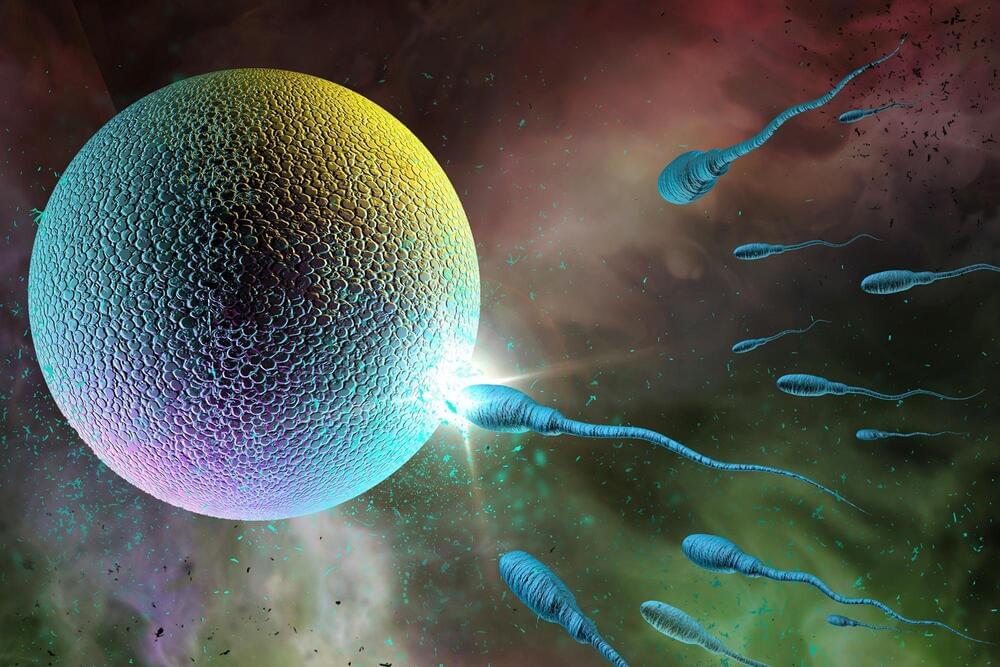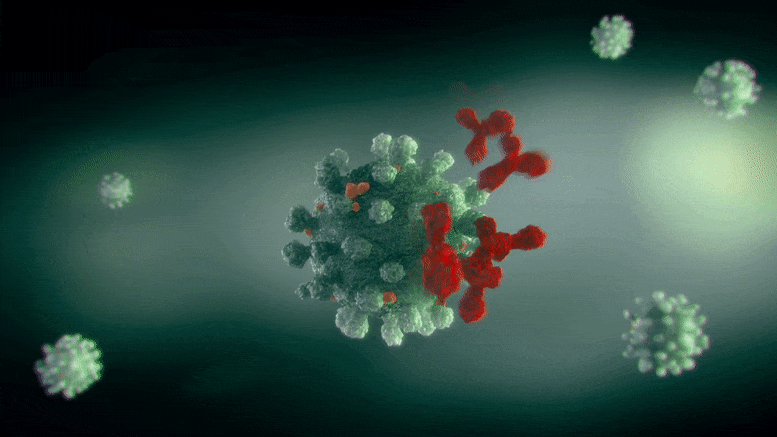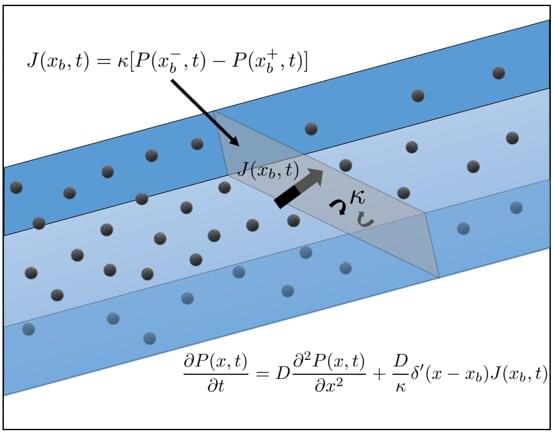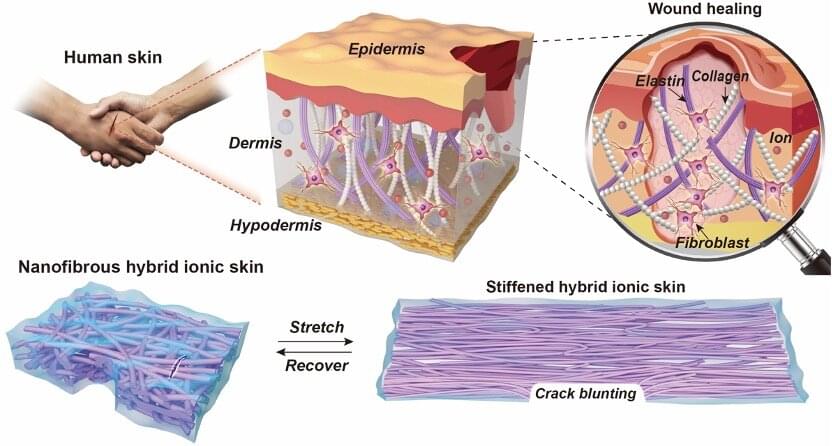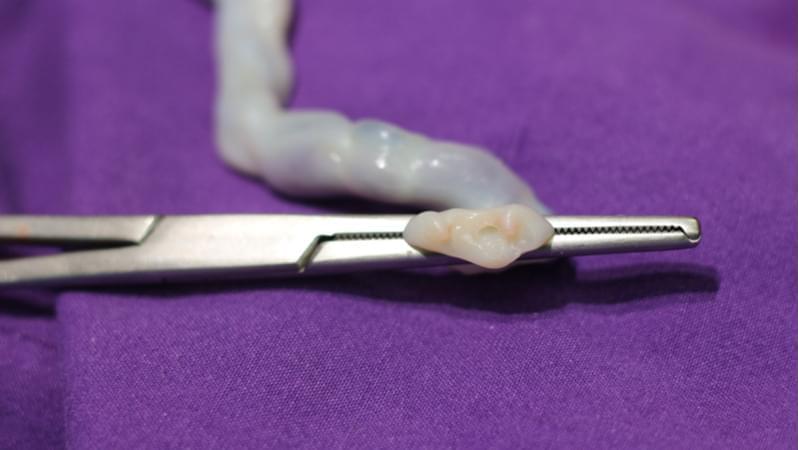Training a machine-learning model to effectively perform a task, such as image classification, involves showing the model thousands, millions, or even billions of example images. Gathering such enormous datasets can be especially challenging when privacy is a concern, such as with medical images. Researchers from MIT and the MIT-born startup DynamoFL have now taken one popular solution to this problem, known as federated learning, and made it faster and more accurate.
Federated learning is a collaborative method for training a machine-learning model that keeps sensitive user data private. Hundreds or thousands of users each train their own model using their own data on their own device. Then users transfer their models to a central server, which combines them to come up with a better model that it sends back to all users.
A collection of hospitals located around the world, for example, could use this method to train a machine-learning model that identifies brain tumors in medical images, while keeping patient data secure on their local servers.

